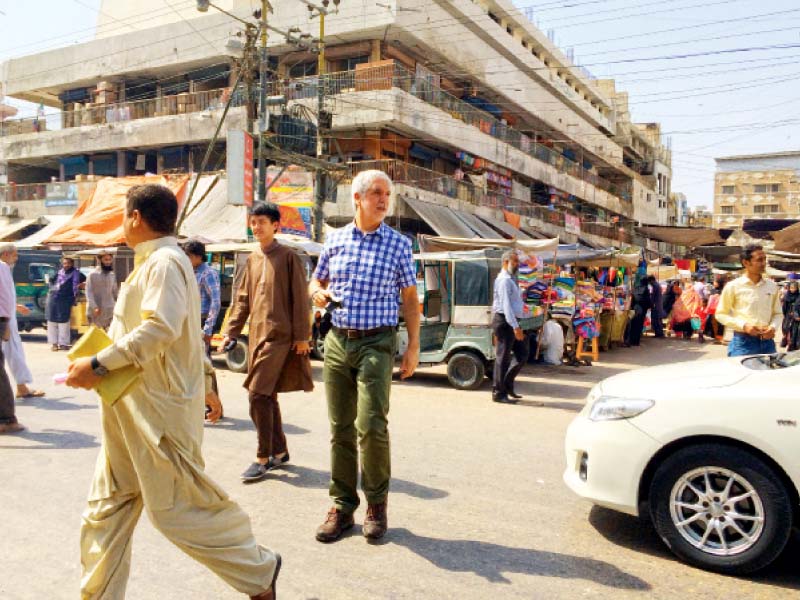
Should a car that carries one person have more space on the road or a bus that carries, say 50? This is the question Enrique Penalosa asks wherever he goes in the world. And these days he is in Karachi.
The answer to that question is bus rapid transit (BRT) or dedicated space on a road for buses so they can move fast and efficiently. Penalosa will be speaking about BRT as a solution to Karachi's traffic problems on Friday. He is visiting Pakistan on the invitation of the Asian Development Bank, the Institute of Transportation and Development Policy and Integrated Transport Planning Ltd.
BRT has arrived in Lahore and Islamabad and hopes are pinned on Karachi being next. Several studies and surveys have been conducted by international consultants. The plan everyone is generally following is the one prepared by the Japanese in 2010. In it, Karachi has been divided mostly into colour-coded BRTS lines and now the race is on for who builds the first BRT for Karachi. The ADB and ITDP have been exploring the Red Line and on Friday the ITDP's Yoga Adiwinarto will be speaking about its design to date. Also expected are the Bahria Town consultants as they are interested in the Blue Line. The federal government is looking at the Green Line and a Chinese consortium is eyeing the Yellow Line in a public-private partnership. The question will be whether the entire system will be integrated. Will the people at the top be able to successfully align all these interests in Karachi?
Penalosa's arrival is key to the process as he can speak from his experience as mayor of Bogota, Colombia from 1998 to 2001 when he built its BRT, TransMilenio, which opened in 2000. Subsequent additions have now brought the TransMilenio system to 12 lines, totaling 112km that carry over 1.4 million passengers a day. This BRT has been widely praised and imitated around the world and is considered the gold standard for BRT service. Penalosa sees urban transportation not as a matter of convenience and economics but as a matter of justice, and of equality for every resident.
On Thursday, he spent a few hours walking along the tail-end of MA Jinnah Road to get a feel of its wholesale markets, buses, rickshaws, footpath use. This crucial artery is part of the Blue Line from Merewether Tower to Sohrab Goth.
"The most important discussion in all cities in the world, which has direct link to what [Karachi] is doing today, is how to distribute the city's most valuable resource: its road space," he said. "You could find oil or diamonds underneath Karachi and it would still not be as valuable as road space." It is a precious resource as it is limited.
How should a city like Karachi go about deciding who has a right to road space and what should be given priority? "The real issue behind all of this is equity, democracy," he added. "[Democracy] is not just about casting your vote. Our constitutional principles say that people are equal. How do you distribute road space between pedestrians, cars, public transport?"
Karachi will continue to grow and spread which is why public transport is crucial. "I have never been in a society where people understand how much their cities are going to grow," said Penalosa. "Karachi will have maybe 60 to 70 million people at least in the next 60 or 70 years or so." But the point to worry about is the nature of cities: if their population doubles, the city will spread three times. And then, will we all get cars to get around? Or will we plan now and get buses?
Published in The Express Tribune, March 20th, 2015.
1731494851-0/BeFunky-collage-(51)1731494851-0-405x300.webp)
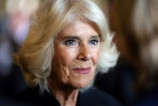



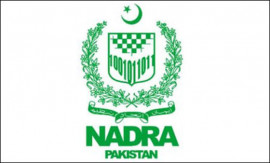
1731481177-0/Untitled-design-(1)1731481177-0-270x192.webp)
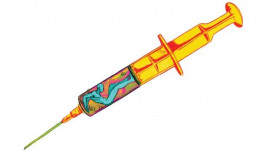






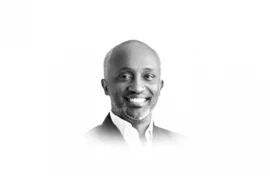


COMMENTS (3)
Comments are moderated and generally will be posted if they are on-topic and not abusive.
For more information, please see our Comments FAQ